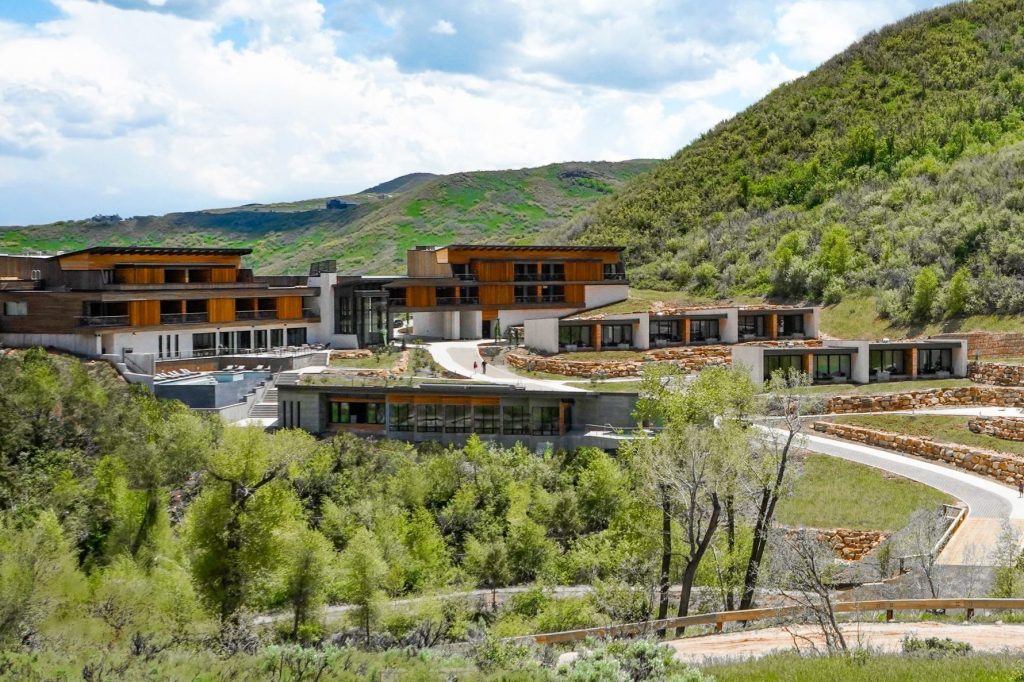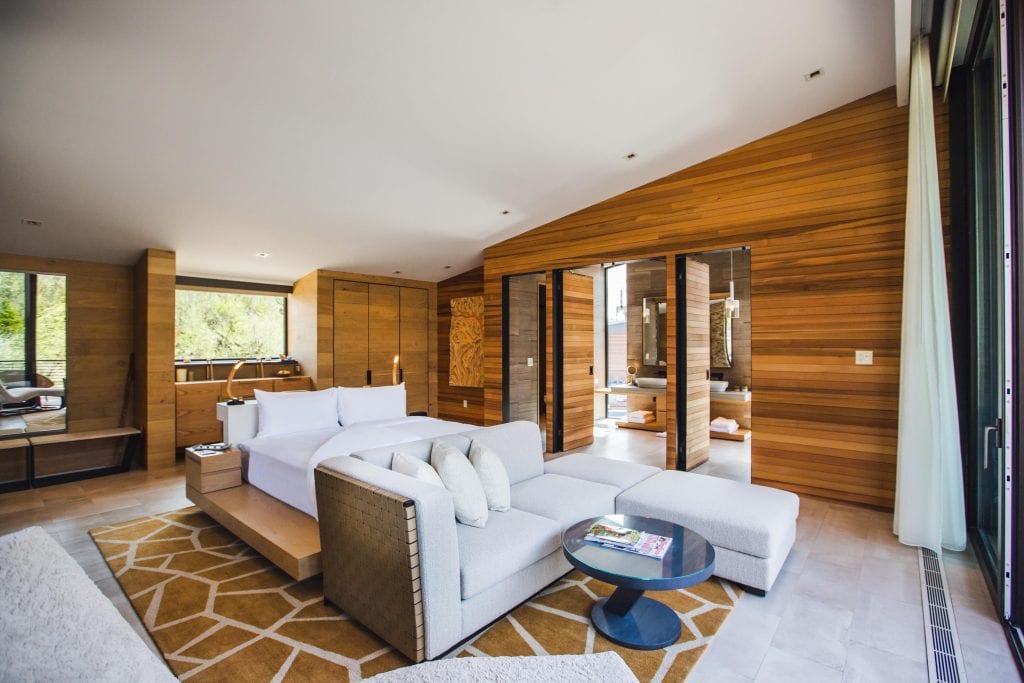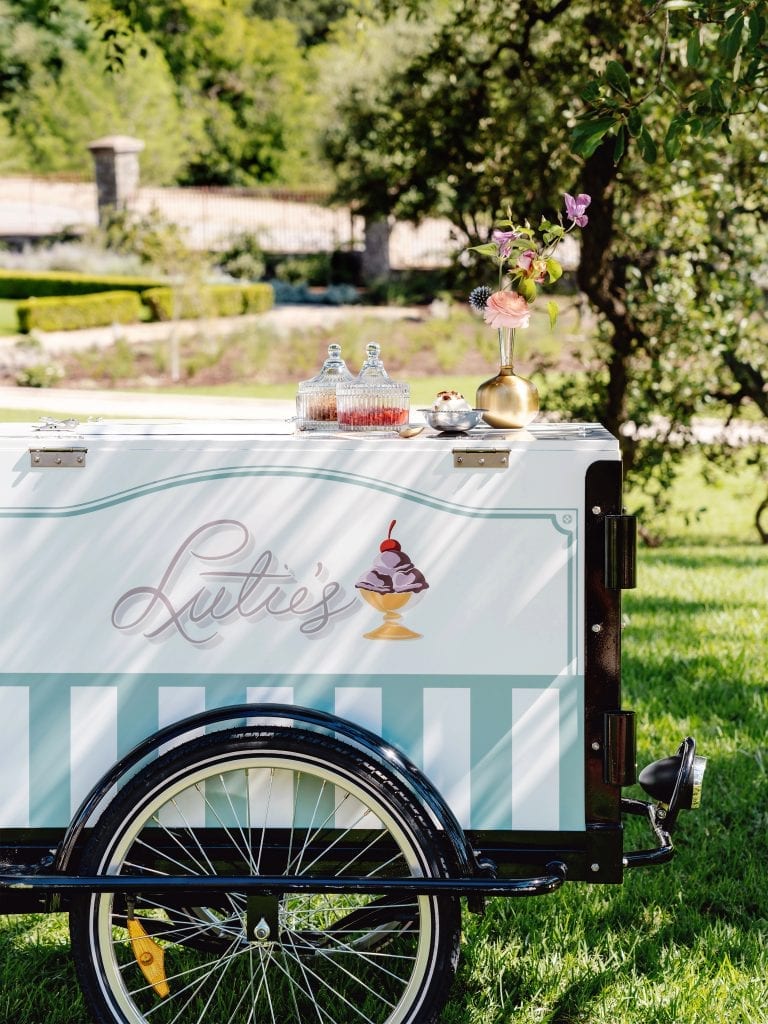Skift Take
Auberge is making a run at the high-touch, yet as a colorful and unique boutique play. And so far it is finding an audience.

On Experience
Colin Nagy, a marketing strategist, writes this opinion column for Skift on hospitality and business travel. On Experience dissects customer-centric experiences and innovation across the luxury sector, hotels, aviation, and beyond. He also covers the convergence of conservation and hospitality.
You can read all of his writing here.
There’s endless prognostication about what the future of luxury looks like post-pandemic. I’ve argued in this column that a reset of sorts has been overdue. At the higher end of luxury, before Covid, daily rates were spiraling higher and higher in global cities and some owners got used to the 20 euro Nespressos and 50 euro glasses of champagne padding their balance sheets.
With a shift to the more thoughtful and considered, and away from conspicuous consumption, there exists a market opportunity.
To me, it sits somewhere between where Ritz Carlton is in terms of price, and an Aman. Somewhere where there are rates and resulting revenue to allow enough trained staff and the resources to create a considered experience that feels native to a place. Surprisingly, this is hard to find stateside. You have your choices from the big chains, and the hyper-localized boutiques, where predictability and consistency are a question mark. But finding a true luxury standard of service that still manages to feel indie and fresh is tough to discover.
This is why I’ve been watching Auberge with interest. Auberge Resorts Collection was founded in 1998 by the Harmon family, following the 1985 launch of its Napa Valley flagship resort, Auberge du Soleil.
The brand is likely on most people’s radars from this original Napa property, but under the leadership of former Four Seasons executive Craig Reid as well as smart investment, the team has been quietly executing on this strategy and gaining a new fanbase in the process. Reid told me over the phone that their intended audience is those that are “looking for sincerity” and “who are leaving more classical brands and opting for something more individualized.” When joining Auberge after nearly three decades with Four Seasons, Reid told me he desired to “start something afresh, rather than repeating the tried and true model,” that he learned from building at an iconic chain.
The Right Capital
To do this, you need a different type of investor to build something with quality and integrity than just looking for a cash cow in one of the aforementioned global capitals. It’s something that luxury travelers notice: call it the difference between wearing a cashmere sweater from J.Crew and one from Loro Piana. You can’t always see it, but you feel the effort, and feel the quality. With hotels, there are the intangibles: the sheets, the build quality of the rooms, the investments in gardens and landscaping.
Not surprisingly, the soft touches and the ability to anticipate and adapt to a guest’s needs is hard to pull off, and requires the right touch at every level of the business. Reid mentioned that to do realize their ambitions, it first required owners in Auberge “thinking of the long-term, and building a reputation.” The cap table isn’t complicated and is comprised of people who map to the vision and have put longer-term, thoughtful capital into the portfolio. The Friedkin Group made their first investment in 2013 to partner with the Harmon family, owners of Auberge, and Dan Friedkin serves as chairman of the board.
Building From a Crisis
Strangely enough, in a world of perilous declines in hospitality, Auberge managed to do well in Covid. Part of this can be attributed to higher spend travelers who weren’t going on safari or heading to the Maldives. Instead, many of the Auberge properties in the US were drivable, managed to do exceptionally well. “There was a lot of demand, with high ADRs (daily rates),” said Reid. “We did incredibly well in the first chapter of Covid.” The brand sold out regularly in Telluride and the Mayflower Inn in Connecticut, and The Lodge at Blue Sky in Utah did well with revpar (revenue per available room).
Despite the limitation of occupancies at many of the properties, Auberge saw brisk demand. And people often stayed longer: instead of just cramming into the traditional vacation slots, many well-heeled travelers opted to stay a bit longer and blur work and leisure, with makeshift offices popping up poolside.
This contrarian stroke of luck has helped build the brand with a discerning audience. I first started hearing about Auberge’s expansion from a range of smart friends who had become a bit jaded with hospitality. They spoke about the service and approach with such love. Reid said that what people needed in the time of the pandemic was something that the brand had been built on. “The customer is coming because they want to be nourished. They want to be surrounded by kind people.” And because many of the properties were intimate, drive-to markets, the equation worked.
A Different Portfolio Strategy
Reid told me that the brand leans into where it is from. For example, instead of leading with the brand mark, Auberge, they lead with a personalized name, often rooted in the history of the place, followed by the association. While it might make it a bit harder to drive immediate brand recognition for the operating brand, it does give the properties a local, more homespun feel. They are strategically not leading with brand iconicity, but hoping that the word of mouth among discerning travelers will be the necessary backfill to make the connection.
Thoughtful Growth
But Auberge isn’t just about the local, homespun inn. There are properties in Hawaii, Fiji, and Mexico, and the brand is Bishops Lodge in Santa Fe, New Mexico, Mattei’s Tavern in Los Olivos, California, as well as Stanly Ranch in Napa, California.
Its recent opening of the Commodore Perry in Austin, Texas shook up the city’s hotel scene with something different: it’s not downtown or on South Congress, it is set on a lot of manicured gardens in Hyde Park close to the University of Texas, and doesn’t feel like any property in the city.
When I spoke to the team on the property, it was an interesting mix: some seasoned hoteliers with decades of experience, some recent entrants to the hospitality, a noted Austin street artist by night, as well as a particularly interesting former military pilot who ran hotel operations with detail and precision. Though they had different backgrounds, they all had the hospitality gene and mindset.
Differentiating On Experience
My experiences with the brand saw small details that, even with hundred of nights in interesting properties, still managed to surprise me. When I purloined some packaged beef jerky from the minibar, the next day there was a hand-made version saying, “if you liked that, you’ll like this better!” Small nuances of behaviors and preferences were dialed in, the same way you’d expect from an Aman on a good day, or a hotel that you’ve built a great relationship with over time. On my way home, I left a dress shirt behind. The property Fed-Exed it back to me, perfectly cleaned and folded. Inside there was a kind note, with a pressed rose from their garden. This was a gesture, that, as a jaded traveler, moved me. It’s the type of thing that is done with love and can’t be found in an operating procedures manual.
And though every brand is trying to give lip service to individuality and personalization, it is another thing to execute it at the micro-level.
As travel snaps back up and we can feel optimistic again, I have a feeling this re-wiring of luxury will find an audience.
The Daily Newsletter
Our daily coverage of the global travel industry. Written by editors and analysts from across Skift’s brands.
Have a confidential tip for Skift? Get in touch
Tags: hospitality, luxury, On Experience
Photo credit: The Lodge at Blue Sky at sunrise in Wanship, Utah. Auberge Resorts


